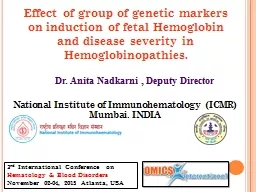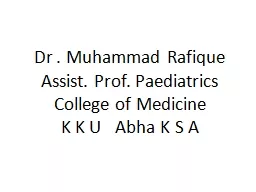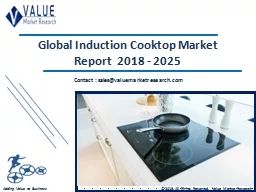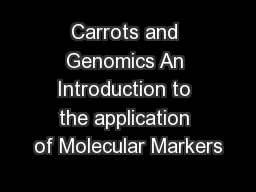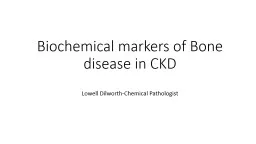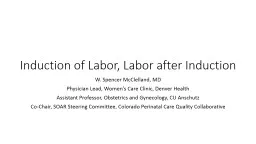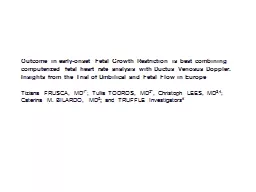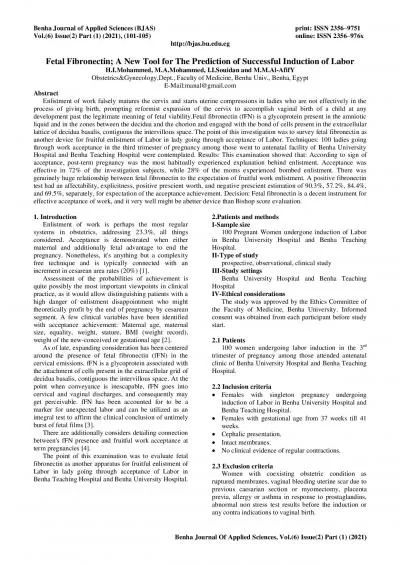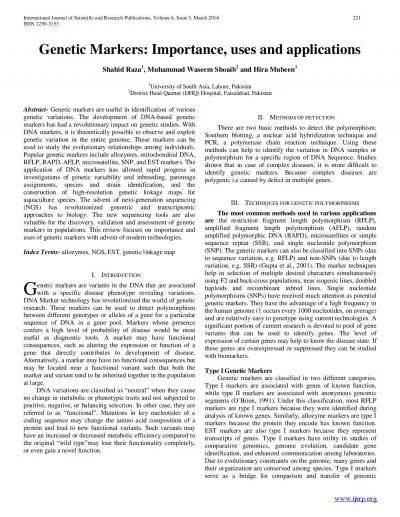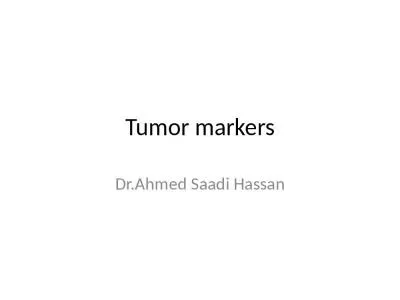PPT-Effect of group of genetic markers on induction of fetal He
Author : stefany-barnette | Published Date : 2016-11-19
Dr Anita Nadkarni Deputy Director National Institute of Immunohematology ICMR Mumbai INDIA 3 rd International Conference on Hematology amp Blood Disorders November
Presentation Embed Code
Download Presentation
Download Presentation The PPT/PDF document "Effect of group of genetic markers on in..." is the property of its rightful owner. Permission is granted to download and print the materials on this website for personal, non-commercial use only, and to display it on your personal computer provided you do not modify the materials and that you retain all copyright notices contained in the materials. By downloading content from our website, you accept the terms of this agreement.
Effect of group of genetic markers on induction of fetal He: Transcript
Download Rules Of Document
"Effect of group of genetic markers on induction of fetal He"The content belongs to its owner. You may download and print it for personal use, without modification, and keep all copyright notices. By downloading, you agree to these terms.
Related Documents

